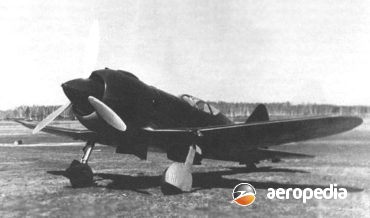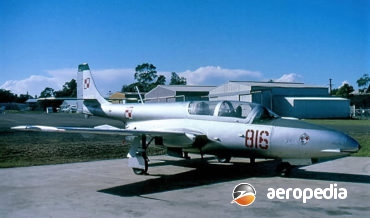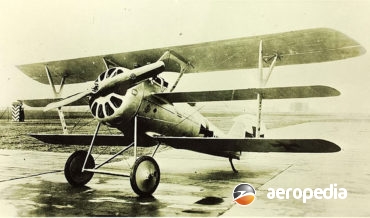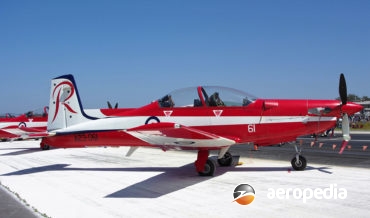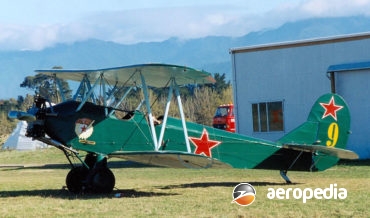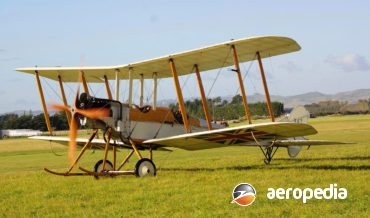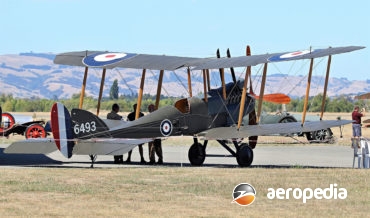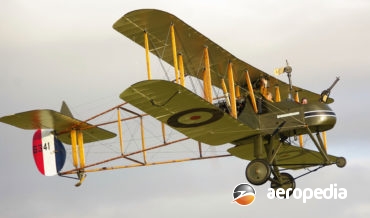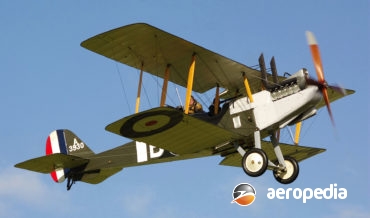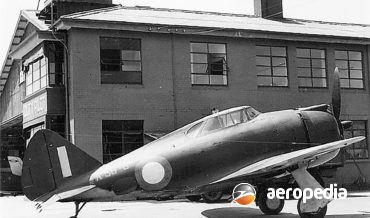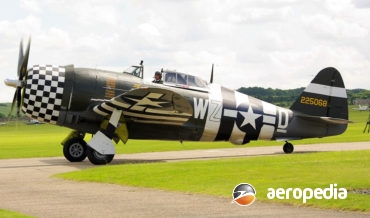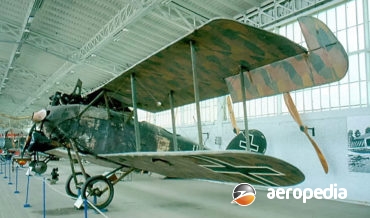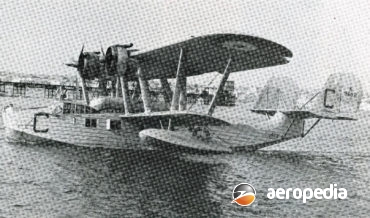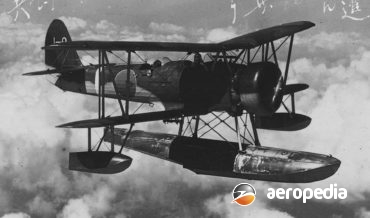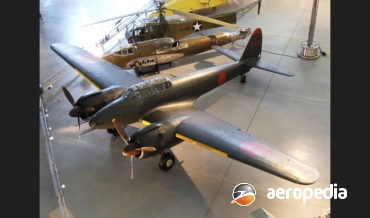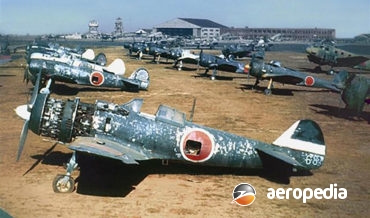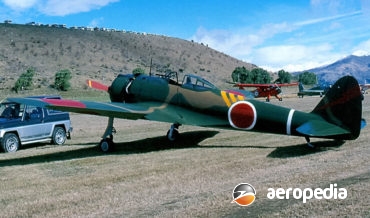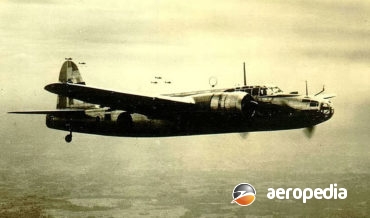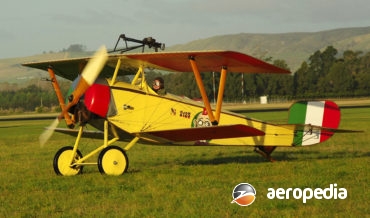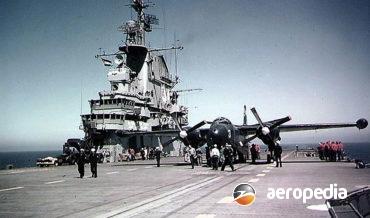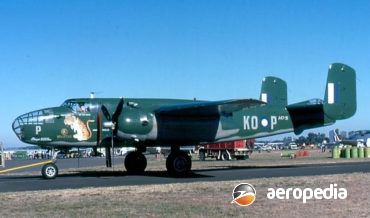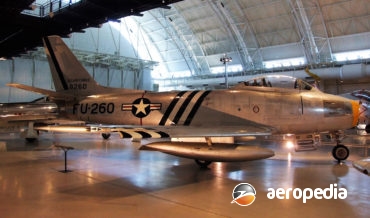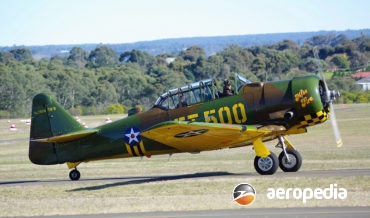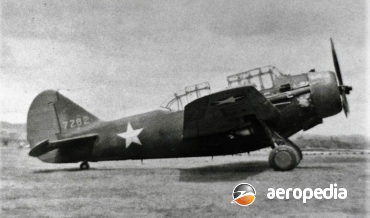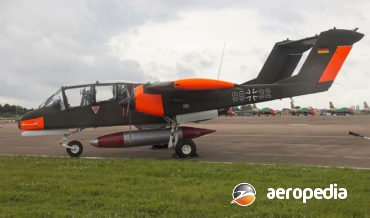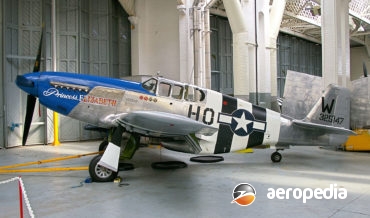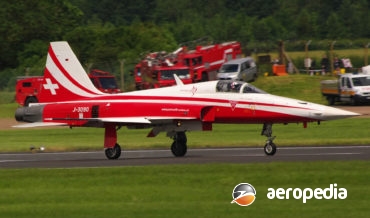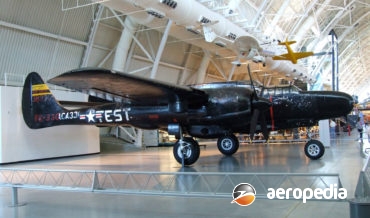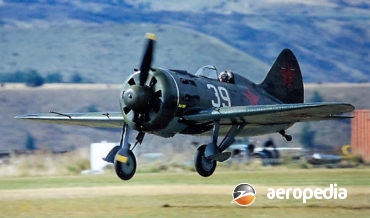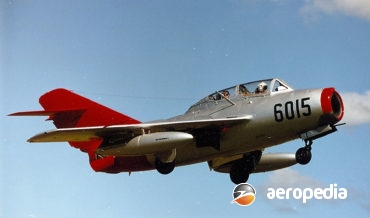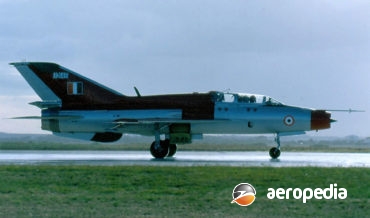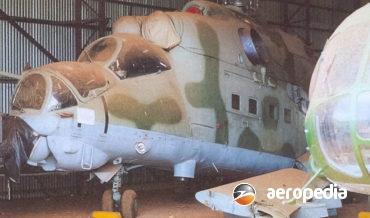David C. Eyre
Based on the I-180 series, the I-185 was designed in 1940, which itself was developed from the I-16 but was virtually a new design.
David C. Eyre
- May 19, 2019
In the late fifties design and development took place in Poland, Czechoslovakia and the USSR of a series of two-seat military trainers to meet a common requirement, the proposal being that the best design of the three (TS-1 Iskra, L-29 Delfin and Yak 30) would be chosen for use by
David C. Eyre
- May 19, 2019
Following the interest, and some success, with Triplanes by other manufacturers in Europe, Pfalz developed the Dr.1 Triplane, the prototype of which was powered by a 119 kw (160-hp) Siemens Halske Sh III geared rotary engine.
David C. Eyre
- May 19, 2019
The PC-9 was a development of the very successful PC-7 Turbo-Trainer, the latter having the flat-rated 410 kw (550 shp) PT6A-25 engine and the PC-9 having the PT6A-62, flat-rated at 709 kw (950 shp) for take-off.
David C. Eyre
- May 19, 2019
Considered by many to be one of the, if not the, most produced aircraft of all time, with estimates of aircraft completed ranging from 30,000 to 40,000, the Polikarpov PO-2, also known as the U-2, primary trainer biplane flew for the first time on 7 January 1928.
David C. Eyre
- May 19, 2019
In 1912 the Royal Aircraft Factory (formerly the Army Aircraft Factory) produced the BE.2 with a 52 kw (70-hp) Renault engine.
David C. Eyre
- May 19, 2019
The BE.12 was a single-seat fighter developed in 1915. The prototype was a re-built BE.2c (serial 1697), being a two-bay equal-span biplane with a Royal Aircraft Factory 4a engine.
David C. Eyre
- May 19, 2019
Built by the Royal Aircraft Factory at Farnborough, the FE.2 (Fighter Experimental 2) first appeared in 1911, entering production in August 1913 as a fighting scout aircraft.
David C. Eyre
- May 19, 2019
In 1913 the Royal Aircraft Factory at Farnborough commenced the design of a series of aeroplanes suitable for reconnaissance, the aim being to produce a stable machine so the crew could concentrate on the task at hand.
David C. Eyre
- May 19, 2019
The SE-5 (Scout Experimental 5) and SE-5a share, with the Sopwith Camel, the distinction of being the best single-seat British fighter aircraft of World War I.
David C. Eyre
- May 19, 2019
The Max Holste Company was founded in 1946 and built the Broussard and Super Broussard. In 1960 it entered into an agreement with Cessna of Wichita, Kansas, to produce aircraft for the European market and the new company became known as Reims Aviation.
David C. Eyre
- May 19, 2019
The Republic P-43 Lancer was a development of the Seversky P-35, and in turn was developed to become the P-47 Thunderbolt. In 1938 the Seversky Aircraft Corp worked on the development of the P-35, the AP-2 and the AP-4, each differing only in the positioning of the turbo-supercharger.
David C. Eyre
- May 19, 2019
Designed by Alexander Kartveli, Republic Aviation’s chief engineer, the P-47 was one of the outstanding designs of World War II, being the mount of some of Americas top scoring aces, undertaking some 546,000 combat sorties between March 1943 and August 1945, during which 1,934,000 operational hours were accumulated.
David C. Eyre
- May 19, 2019
The Rumpler C.VIII was developed by Dr Edmund Rumpler from a series of fighters he designed for the German services, stemming from the C.I, C.III, C.IV, early models being known as the Eindecker and the Taube, these being two-seat monoplanes used on reconnaissance flights at the beginning of the War.
David C. Eyre
- May 19, 2019
The London was built to a British Air Ministry specification for a general purpose coastal patrol flying boat of robust but simple construction.
David C. Eyre
- May 19, 2019
The Japanese Navy issued a specification in 1933 for the development of a two-seat reconnaissance aircraft to operate from vessels of the Imperial Japanese Navy. Three new types were entered in the competition, from Aichi, Kawanishi and Nakajima.
David C. Eyre
- May 19, 2019
The J1N1 Gekko (moonlight) was conceived by the Japanese Naval Bureau of Aeronautics in June 1938 for a twin-engine fighter, and the Nakajima Hikoki K K put forward a proposal designed by a team lead by Katsuji Nakamura, which was accepted, a contract being awarded in 1939, and the prototype
David C. Eyre
- May 19, 2019
Work on the Ki.84 series commenced in early 1942, being aimed at eventually replacing the Ki.43 in Imperial Army service. The prototype was rolled out in March 1943 at Ojima airfield.
David C. Eyre
- May 19, 2019
The “Oscar”, as it was known to the allies, proved to be a very successful fighter in combat early in its career.
David C. Eyre
- May 19, 2019
The Nakajima Ki-49 series known as the Donryu (Storm Dragon) was designed to supercede the Mitsubishi Ki-21 bomber, which was then just entering Japanese Army service, and the prototype (c/n 4901) was first flown in August 1939.
David C. Eyre
- May 19, 2019
Following the conclusion of World War II large numbers of ex-RAAF aircraft were sold from military bases in Australia as the aircraft were no longer required, most being scrapped for their metal value. Amongst these were Avro Ansons and Airspeed Oxford twin-engine trainers.
David C. Eyre
- May 19, 2019
Edouard de Nieuport, one of the pioneers of early flight, began design of a monoplane in 1905, and set up a facility at Suvesnes in 1909 where a number of advanced designs were built under the name Nieuport.
David C. Eyre
- May 19, 2019
Development of the Nieuport series continued during World War I, and new models introduced included the Types 23, 24 and 27.
David C. Eyre
- May 19, 2019
The AJ-1 Savage was the first aircraft in the category of bomber with a strategic capability designed and built for the US Navy. On 13 August, 1945 a design competition was announced for a carrier-based aircraft capable of carrying a 4,536 kg (10,000 b) bomb, the contract being awarded to
David C. Eyre
- May 19, 2019
The B-25 Mitchell was probably the best all-round light-to medium twin-engine bomber to be operated on the Allied side during World War II. Named after Colonel William (Billy) Mitchell, an exponent of aircraft for bombing, the type became well known when a flight of Mitchells was flown from the flight
David C. Eyre
- May 19, 2019
In November 1944 North American initiated the design (NA.134) of a high-performance fighter aircraft to be powered by a turbojet engine and in May 1945 a contract was received for three XP-86 single-seat fighters.
David C. Eyre
- May 19, 2019
When production ceased, some 15,000 North American NA-16s in a variety of versions had been built in the USA, or under licence in the Netherlands, Sweden, Japan, Canada, and, in Australia in much modified form as the Wirraway.
David C. Eyre
- May 19, 2019
The O-47 was an observation aircraft built for the US Army. Accommodation was provided for three in tandem under a large canopy.
David C. Eyre
- May 19, 2019
In 1963 a specifications was evolved by the US Navy for a Light Armed Reconnaissance Aircraft with mission profiles to cover armed reconnaissance, close air support, helicopter escort, personnel and cargo transportation, photographic and target reconnaissance, and forward air control.
David C. Eyre
- May 19, 2019
Following the decision to fit the Rolls Royce Merlin in the Mustang, the Packard Motor Co began licence production of the engine at its Detroit facility, the engine to be fitted to the P-51B.
David C. Eyre
- May 19, 2019
The T-28 series of aircraft was designed by North American Aviation as a replacement for that Company’s very successful T-6 series as a standard basic trainer for the US military services, but in the event it was not particularly successful in that role and was developed into a counter insurgency
David C. Eyre
- May 19, 2019
In 1954 the USAF issued a requirement for a supersonic trainer and the Northrop Corporation entered the N-156T trainer, at the same time developing a single-seat variant known as the N-156F. The two-seater became the T-38 Talon, the prototype making its first flight at Edwards Air Force Base on 10
David C. Eyre
- May 19, 2019
The P-61 Black Widow was built to meet a USAAF specification issued in 1940 for a large heavily armed night fighter.
David C. Eyre
- May 19, 2019
The I-16 (known as the Ishak or Rata) was designed by a team headed by Nikolai Polikarpov and was flown for the first time on 31 December 1933 fitted with a 336 kw (450-hp) M-22 engine (licence built Bristol Jupiter) and achieved a max speed of 360 km/h (224 mph).
David C. Eyre
- May 19, 2019
The Plalz D.III or Scout was built by the Pfalz Flugzeug Werke on the Rhine River and designed by Rudolfo Gehringer following the completion of orders for the E-type monoplanes.
David C. Eyre
- May 19, 2019
Known as the Schwalbe (Swallow), or Sturmvogel (storm petrel) the Me 262 was unquestionably the foremost fighter of its day, with a heavy armament, and a performance far superior to any aircraft available to the Allies during the latter stages of World War II.
David C. Eyre
- May 19, 2019
The name MiG is made up of the last two names of the two men who for many years headed the design bureau of that name, Artem Ivanovich Mikoyan and Mikhail Iosifovich Gurevich.
David C. Eyre
- May 19, 2019
The MiG 17 was a total redesign of the MiG 15, some 6,000 being built in the Soviet Union, and large numbers were built under licence in Poland (as the Lim 5), China (as the J-5, J-5A and JJ-5), and Czechoslovakia.
David C. Eyre
- May 19, 2019
With more than 10,000 examples built, having served with more than 40 air forces world-wide, having been licence built in India, China, Poland and Czechoslovakia, the MiG 21 series (known by the NATO name Fishbed) has been one of the most widely used jet fighter aircraft of all time, and
David C. Eyre
- May 19, 2019
The Hind was a second-generation Soviet helicopter gunship which originally emerged as an heavily armed armoured transport capable of carrying a crew of four and eight assault troops.
David C. Eyre
- May 19, 2019
Recent Comments
Archives
Categories
- No categories
Categories
- No categories
Latest Posts
Newsletter

